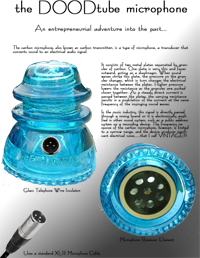
 -
-  -
-  -
-  -
-  -
- 
Glass Telephone Wire Insulator circa 1920's Each separate telephone wire was strung from pole to pole and tied to its respective insulator. Each pole has one or more wooden crossarms. Wooden pins—typically made from weather-resistant locust wood—are fitted into each crossarm. On top of each pin is a glass insulator. There are screw threads cast into the underside of the insulator so that it can screw down onto the top of the wooden pin, which is also threaded. Why is the insulator made from glass? Why does it have a special shape? And why is it necessary? Isn’t wood a “good enough” electrical insulator? |
 |
If it never rained, there might not be a need for glass insulators, although the smooth surface and high strength provides a good anchor point to support the telephone wire. But rain is the problem. Water, mixed with salts and other impurities, conducts electricity. If the wood pin supporting each insulator got wet when it rained, it would conduct electricity and thus leak electrical current from the telephone circuit. This might cause noise and loss of volume. Or it might even cause the telephone circuit to fail completely. |
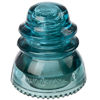 - -  |
|
Microphone Receiver Element In the past, circa 1920's, microphones have been as simple as carbon granules compressed between two thin metal plates. Sound waves from your voice compress and decompress the granules, changing the resistance of the granules and modulating the current flowing through the microphone. |
|
 |
|||||||||||||||||||||
XLR Microphone Cable The XLR connector is a style of electrical connector, primarily found on professional audio, video, and stage lighting equipment. The connectors are circular in design and have between 3 and 7 pins. They are most commonly associated with balanced audio interconnection, including AES3 digital audio, but are also used for lighting control, low-voltage power supplies, and other applications. XLR connectors are available from a number of manufacturers and are covered by an international standard for dimensions, IEC 61076-2-103.[1] They are superficially similar to the older and smaller DIN connector range, but are not physically compatible with them. |
|||||||||||||||||||||
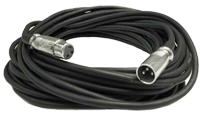 |
|||||||||||||||||||||
The finished product in beta testing.... |
|||||||||||||||||||||
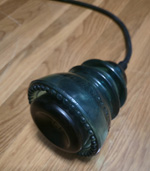 - - 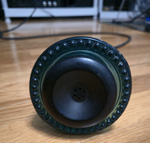 - - 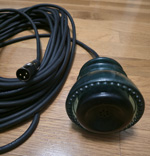 - -  |
|||||||||||||||||||||
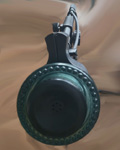 - - 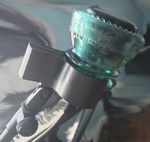 |
|||||||||||||||||||||
| The first 25 will be handmade and serial numbered by me. | |||||||||||||||||||||
| Available January 2026 | |||||||||||||||||||||
| PRE-ORDER yours NOW | |||||||||||||||||||||
|
|||||||||||||||||||||
HOME ABOUT ARTISTS DOODTUBE CONTACT |
|||||||||||||||||||||
| Office (843)424-9518 - All Rights Reserved2025 Dood Productions |
